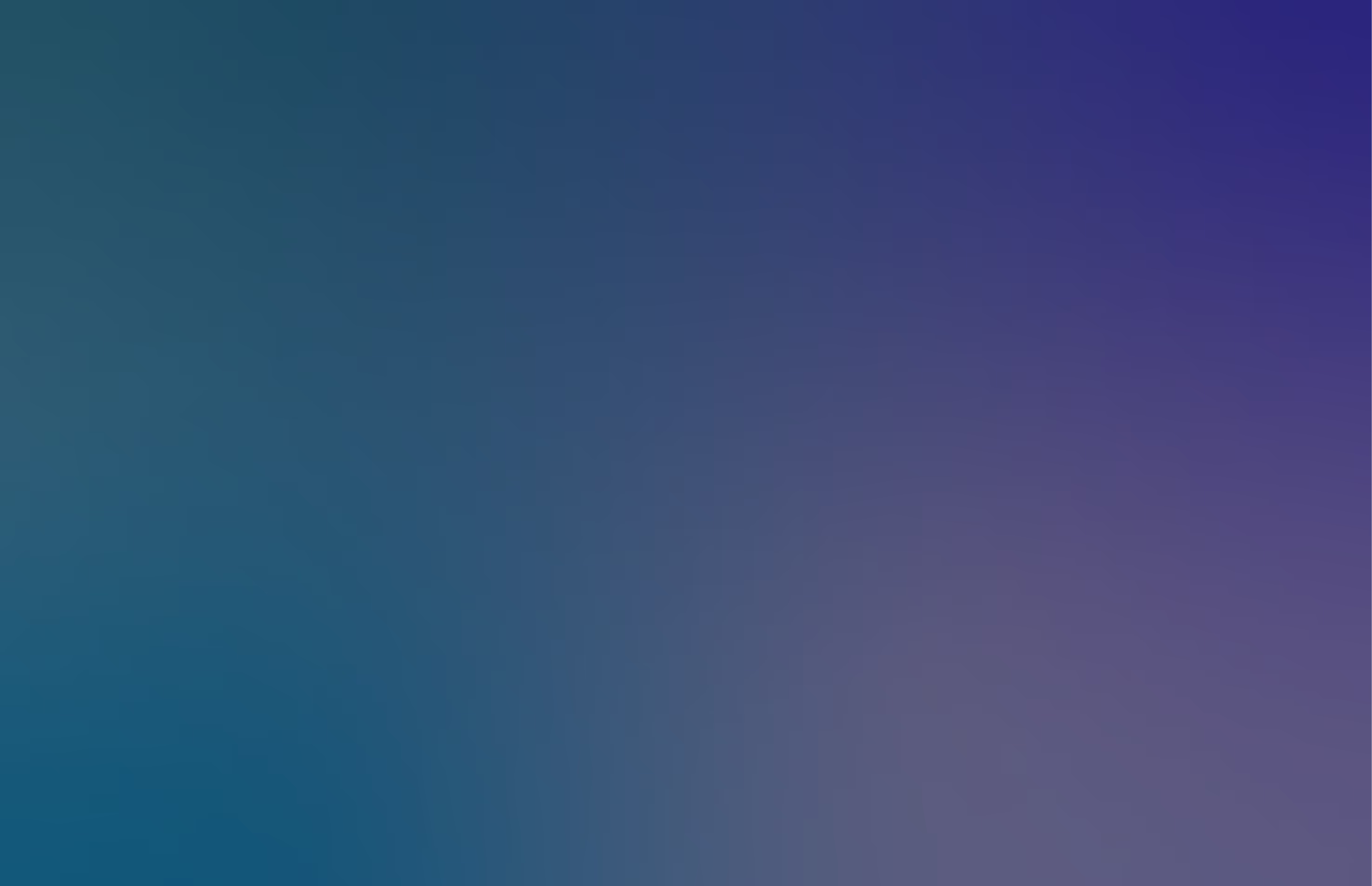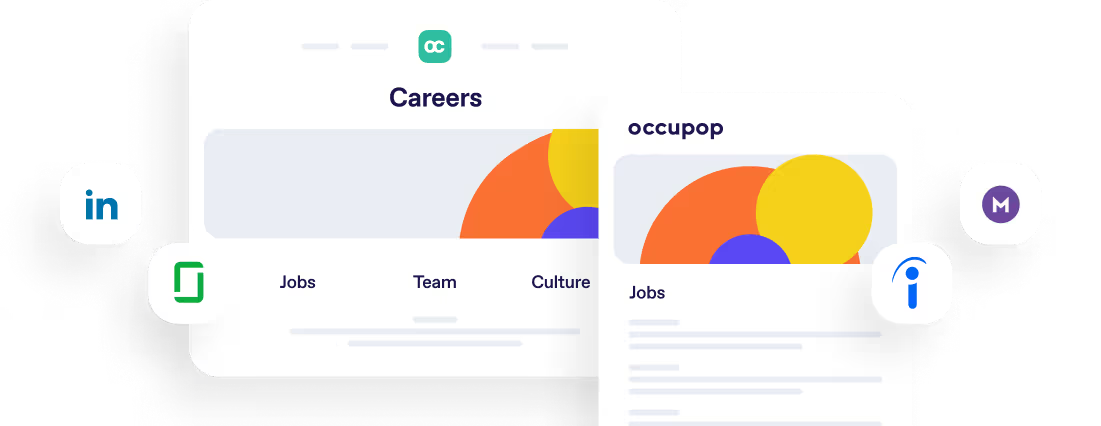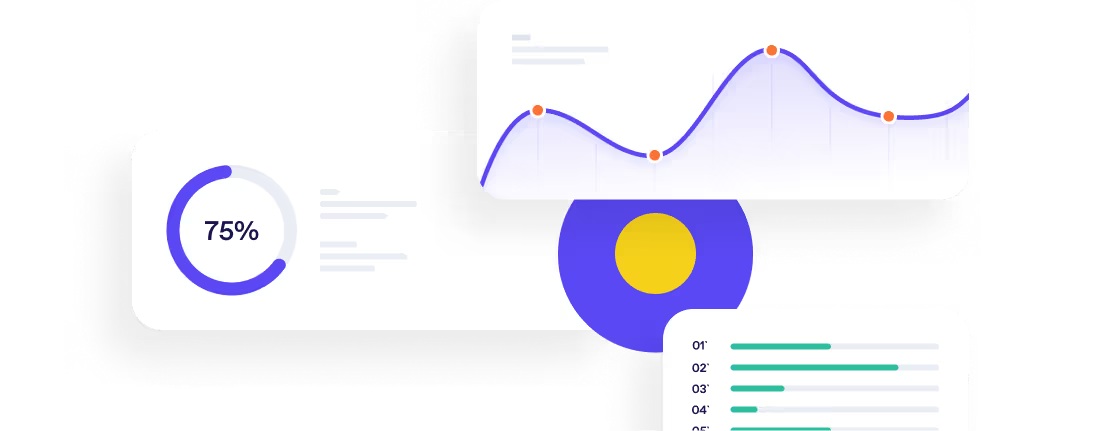6 Brilliant Recruitment Marketing Campaigns



Candidates want to feel connected to your brand and sense that employers understand them as individuals. So how can employers stand out from the crowd? Employers must be proactive in their approach to attracting candidates, and recruitment marketing is the solution
What is recruitment marketing?
Recruitment marketing is a relatively new way to attract candidates, both passive and active, to your company. It involves adopting the same principals and strategies used by marketing to attract candidates and increase brand awareness. Some examples of marketing practises now being utilised by HR teams include: lead generation, SEO, guerrilla marketing, social advertising, personalised candidate journey and content creation.
According to SHRM, companies that incorporate recruitment marketing into their hiring strategy can generate three times more applicant leads than those who don’t — leading a 100% higher close rate on applicants. Additionally, recent research by Allegis found that running a recruitment marketing campaign can save companies up to 40% on total talent costs. On top of these savings, recruitment marketing boosts employer brand and attracts an estimated 50% more qualified candidates.
It’s exceptional to see how a deep understanding of your candidates can lead to campaigns that motivate them to take action. We’ve put together a list of six of our favourite creative recruitment campaigns that you can take inspiration from for your next recruitment marketing campaign. These campaigns pushed the boundaries of traditional job ads, and for many, the application processes went viral.
Examples of recruitment marketing campaigns
Ogilvy: The World's Greatest Salesperson
To engage and hire the most skilled salespeople in the business, Ogilvy, one of the worlds most prominent advertising agencies, ran a creative recruitment campaign to find ‘The World's Greatest Salesperson’.
Ogilvy leveraged targeted social media advertising in combination with their YouTube channel. Here they invited the potential candidates to film themselves selling a brick. The prize? A three month paid internship with Ogilvy and the chance to pitch at the Cannes Lions International Advertising Festival.
.png)
A great benefit to employers is the ease at which recruitment marketing contests can be shared online and reach hundreds to thousands of people.Contests are a standard method of recruitment marketing campaigns.
They are a great way to attract enthusiastic applicants as well as acting as an initial screening test. Companies may ask candidates to solve puzzles, write lines of code or make a video.
GOOGLE: The Puzzling Billboard
Continuing the competitive approach to recruitment marketing is Google’s 2004 puzzling billboard. This marketing campaign was a great success for Google and earned high praise online within mathematical and engineering forums - even before Google was known as the brains behind the operation.
The billboard, placed in Silicon Valley, presented a complex mathematical equation to passers-by and challenged those who thought they were smart enough to solve it. Once solved, the equation revealed a website URL (www.7427466391.com) that the solver must visit.
Those smart enough to solve the billboard puzzle were given one final puzzle once on the website.
.jpeg)
Successful candidates received the message:
“Nice work. Well done. Mazel tov. You’ve made it to Google Labs, and we’re glad you’re here. One thing we learned while building Google is that it’s easier to find what you’re looking for if it comes looking for you. What we’re looking for are the best engineers in the world. And here you are.”
The billboard was an engaging way to draw in some of the smartest minds to Google. Google grouped this candidate pool into passionate ‘problem solvers’ - a highly esteemed skill at google.
INSERT-CTA
IKEA: Assemble Your Future
Upon opening a new store in Australia, IKEA had the task of hiring 100 employees. To fill this high number of positions, they had to think big. IKEA’s outside the box thinking led to a fantastic “inside the box” solution.
IKEA decided to target those who they knew already loved IKEA by putting ‘career instructions’ inside the box of IKEA products for customers to discover upon opening their item. The instructions mirrored their famous assembly instructions, instructing customers on how to “assemble your future”.
The campaign was a huge success, and customers adored it. Thousands of customers applied, and IKEA hired 280
.png)
employees who admired the IKEA brand. The reason for the success of the campaign was not just down to its creativity but also because it spoke to IKEA’s existing brand ambassadors, their customers. Many recruitment messages can get lost in the noise online and in-store. The delivery of this recruitment campaign successfully connected with candidates in a personalised way, in their own homes just as they’re focused on assembling their new furniture.
Volkswagen: A Hidden Message
When Volkswagen had to hire talented mechanics, they carefully considered where this target audience hung out so that they could communicate their recruitment message effectively.
.png)
Volkswagen decided on an obvious but unusual placement, the undercarriage of cars in need of repair. Volkswagen intentionally distributed faulty cars with the message hidden underneath to service centres across Germany in anticipation of attracting experienced employees.
Volkswagens campaign was a great success, and they hired numerous skilled mechanics while authenticating themselves as an innovative and fun brand.
McKinsey & Company: The Eraser Pencil
McKinsey and Company were looking to attract ambitious students to their company. They reached students by going to the one place guaranteed to have students around, campuses at several Swiss universities.
.png)
McKinsey delivered pencils with comically elongated erasers. Printed on the side of the pencil was a message that read “We’re looking for students who aren’t satisfied with just any solution. www.McKinsey.ch.”
The campaign’s aim was to pre-filter applicants by attracting those that aren’t satisfied with just any solution and are curious innovators. The pencil twisted the rules of advertising, and it's simple message resonated with many, leading to high-quality graduate hires at McKinsey.
Just like this pencil, recruitment marketing campaigns don’t have to be expensive, and companies can say a lot in only a simple statement.
Marriott: A Personalised Careers Page
Marriott is an excellent example of companies doing recruitment marketing the right way. Their careers page has 1.2 million likes, and they publish content twice a day - sometimes more. They share content that potential employees can relate to and feel inspired by, such as individual workers achievements, days in the life of an employee and general day to day updates from across the Marriott network.
.png)
Marriott wants to convey a sense of personalisation with their careers page so that potential employees can build a genuine connection with the brand. They achieve this by allowing named employees to answer any questions on the careers page from the company profile. Marriot also offers a chat service to those looking to learn more about life at the company and advice on how they can successfully apply for a position.
Marriotts strategy shows you don’t need exceptional out of the box thinking to connect with candidates. There are a myriad of ways your business can approach your recruitment campaign. Marriott’s strategy is simple, and any company can emulate this method and achieve the same success. Have a designated place where you share insights on life at your company and most importantly, listen to potential candidates and respond to their questions promptly and efficiently.
Enhance Your Workplace with Art That Inspires
A strong employer brand starts with an engaging work environment. Showcasing your company culture goes beyond social media—it’s also about creating a space where employees feel inspired and valued. Investing in corporate art can elevate your office atmosphere, energise workspaces, and leave a lasting impression on both employees and candidates.
Explore stunning ocean corporate art —perfect for transforming meeting rooms, breakout spaces, and offices into places of creativity and motivation.
INSERT-LINE
Step 1: A great recruitment marketing Campaign. Step 2? Occupop!
We can help you screen applicants, sort CVs and even schedule interviews, all-in-one centralised recruitment platform. This will ensure that your candidates have the best experience possible and you have time to focus on what matters, your people. You can scale this approach using outreach tools - especially Linkedin automation to a search of ideal applicants
Summary Points
Get creative, get in the shoes of your candidates and start where you mean to finish; who do you want to attract? Create a campaign that speaks to that ideal and represents your brand identity. Here are 6 brilliant recruitment marketing campaigns:
- Ogilvy: used humour and video advertising to run a competition looking for sale people, presenting themselves as a fun and interesting place to work.
- Google: achieved this with a cryptic numerical billboard where only a certain few would solve the mystery and bring them to a careers site built specifically for who they were looking forward, engineers. Challenging your candidates can be positive, particularly for more niche roles.
- IKEA: targeted their most likely potential candidates, their customers! By putting in an application or 'career instructions', they reached a huge audience that were already bought into their brand.
- Volkswagen: targeting their candidate audience where they are. By placing their adverts underneath their cars they targeted the experienced mechanics they needed. Understanding where your candidates are and building up candidate personas is key for smart recruitment.
- McKinsey & Company: much like Volkswagen targeted their candidate audience where they are, in this instance, at university. McKinsey additionally provided them with something they needed, a pencil, branded with a recruitment advert. A lot of your candidates are passive so find a unique way to give them something and attract attention.
- Marriott: wins at the basics of recruitment marketing by providing excellent content and a personalised experience. They did this through chatbots and candidate curated content. Don't underestimate the power of a positive candidates experience.
Simple. Beautiful.
Recruitment Software.
HR updates sent straight to your inbox
You might also like...


Manage your entire hiring process simply, from engagement to management, hiring and onboarding







Simple. Beautiful.
Recruitment Software.
Recruitment Software.






